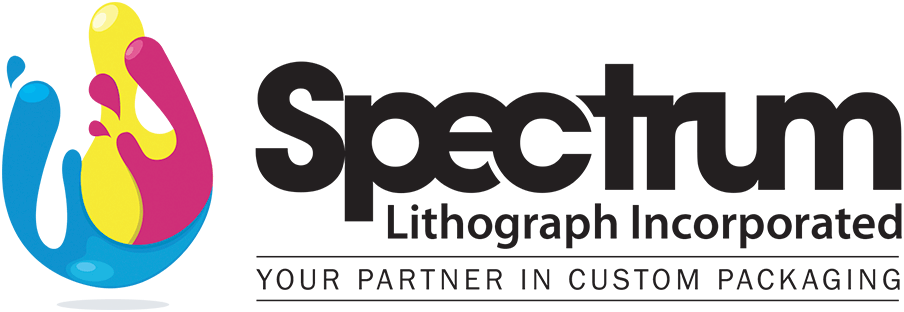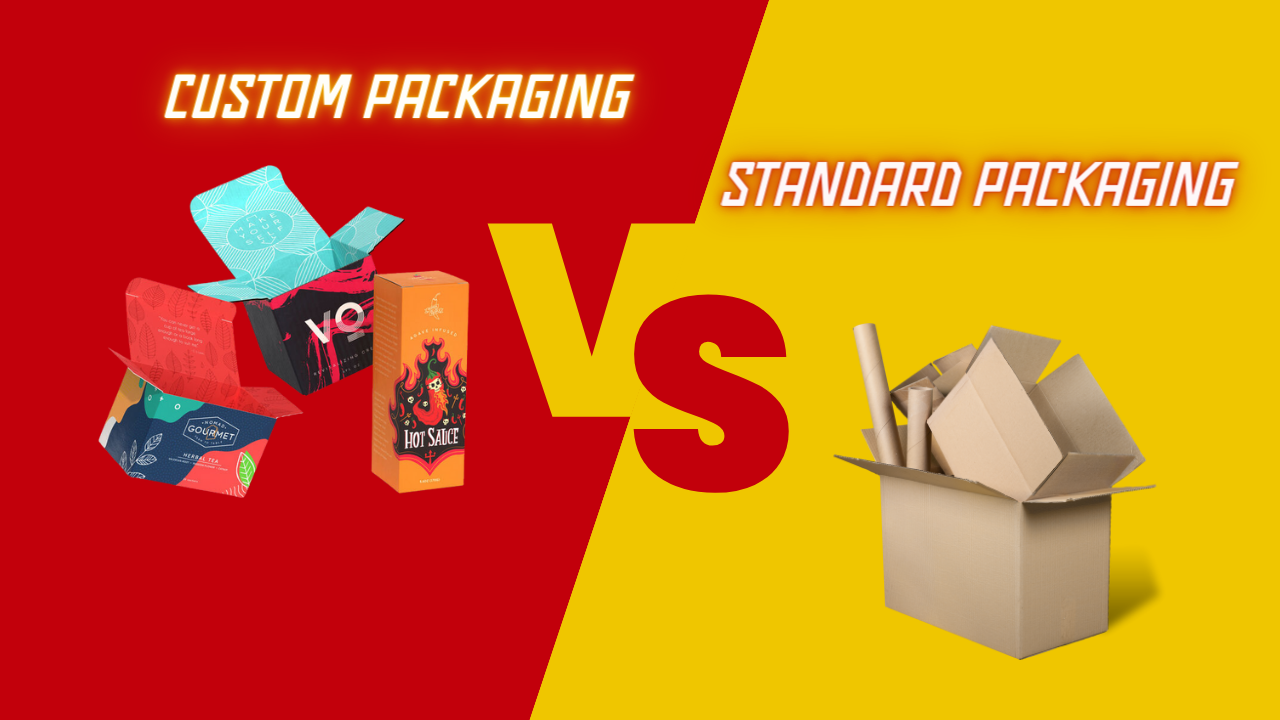In the world of product packaging, businesses often face the choice between custom packaging and standard packaging. Each option has its unique benefits and drawbacks, and the right choice depends on various factors including brand identity, budget, and product type. Here’s a concise comparison to help you make an informed decision.
Custom Packaging
Pros:
- Brand Identity:
- Uniqueness: Custom packaging allows businesses to create a distinctive look that stands out on shelves, reinforcing brand identity and recognition.
- Customer Experience: Thoughtfully designed packaging can enhance the unboxing experience, fostering customer loyalty and positive reviews.
- Functionality:
- Tailored Fit: Custom packaging can be designed to fit products perfectly, providing better protection during shipping and reducing the risk of damage.
- Versatility: Options for different shapes, sizes, and materials can accommodate specific product needs.
- Marketing:
- Promotional Tool: Custom packaging can serve as a powerful marketing tool, with design elements that highlight product features and brand values.
- Differentiation: Unique packaging helps differentiate your product in a crowded market.
Cons:
- Cost:
- Higher Expense: Custom packaging generally costs more than standard options due to design, materials, and production processes.
- Minimum Orders: Many suppliers require large minimum orders, which can be prohibitive for small businesses or startups.
- Lead Time:
- Longer Production Time: Designing and producing custom packaging takes more time, which can delay product launches.
- Complexity:
- Design Process: Creating custom packaging involves more complex decision-making and coordination, requiring resources and expertise.
Standard Packaging
Pros:
- Cost-Effective:
- Lower Costs: Standard packaging is typically more affordable due to its generic nature and mass production.
- No Design Costs: There’s no need to invest in custom design, which reduces overall expenses.
- Availability:
- Quick Turnaround: Standard packaging is readily available and can be ordered and shipped quickly, facilitating faster product launches.
- Scalability: Easily scalable to meet varying demand levels without significant lead times.
- Simplicity:
- Ease of Use: Standard packaging solutions are straightforward and easy to implement, requiring minimal planning and coordination.
Cons:
- Lack of Differentiation:
- Generic Appearance: Standard packaging may not stand out on the shelf, making it harder to attract consumer attention.
- Limited Branding: There are fewer opportunities to reinforce brand identity and create a memorable customer experience.
- Fit and Protection:
- Generic Fit: Standard packaging may not provide a perfect fit for your product, potentially leading to damage during transit.
- Less Protection: Off-the-shelf packaging might offer less protection compared to custom solutions tailored to the product’s specific needs.
Conclusion
Choosing between custom and standard packaging depends on your business priorities. Custom packaging is ideal for brands looking to create a unique identity and enhance customer experience, despite higher costs and longer lead times. On the other hand, standard packaging is a cost-effective and quick solution suitable for businesses prioritizing speed and simplicity. Evaluate your brand needs, budget, and product requirements to make the best choice for your business.

